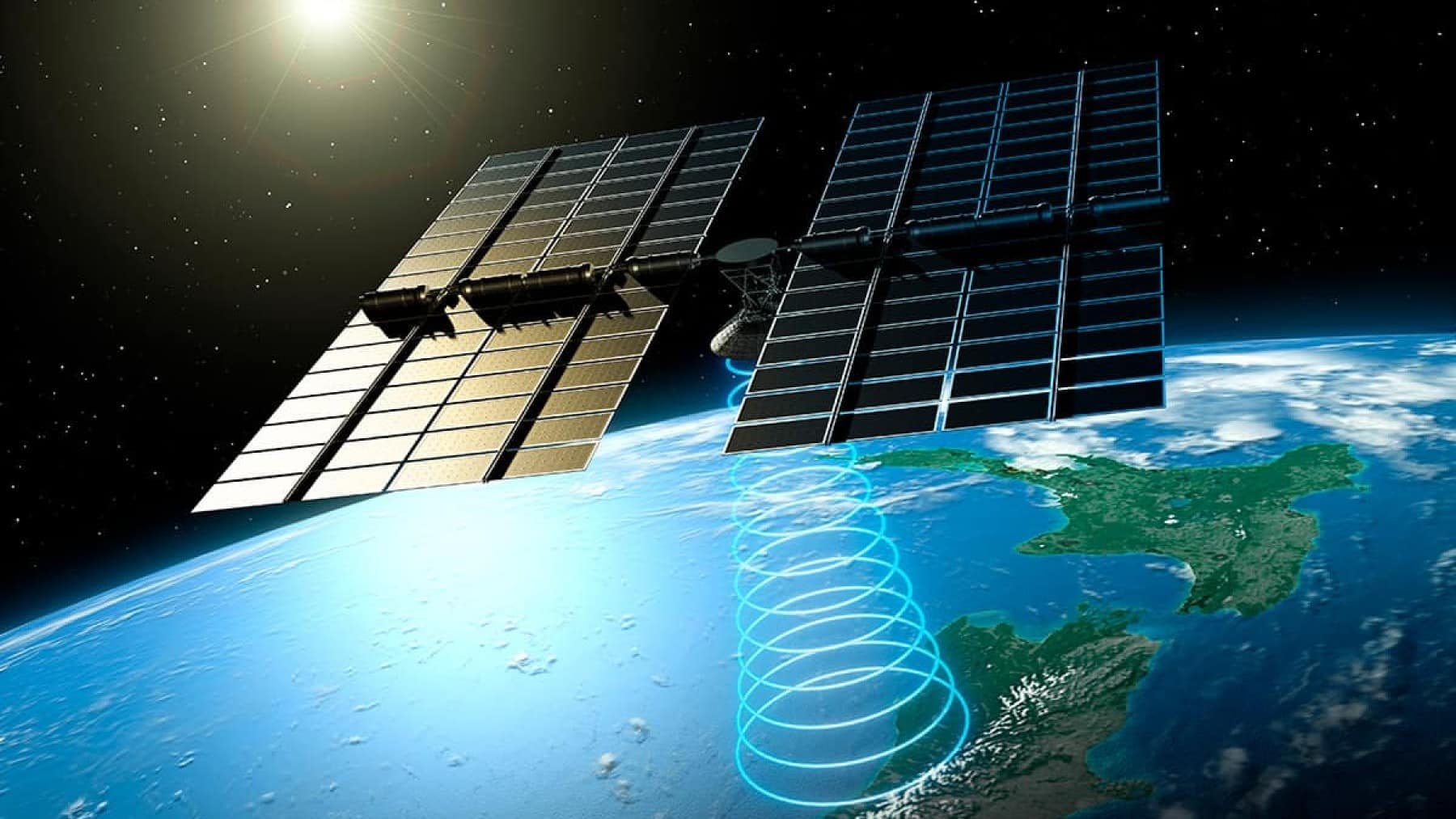After exploding its volcanoes, Iceland wants more: This energy will be produced in the space
November 24, 2024

Known for using its geothermal resources, Iceland has long been a leader in the development of renewable energy. However, the nation’s aspirations are reaching beyond Earth. Iceland is investigating the next frontier: generating energy in space, thanks to its vast experience with geothermal and volcanic energy. This audacious project has drawn interest from all across the world and provides a preview of the day when producing energy from space.
In partnership with the Icelandic private climate sustainability firm Transition Labs, the British aerospace business Space Solar has signed a deal with Reykjavik Energy to construct the first operational space solar power plant in history. The concept is not new. Since the dawn of the Space Age, space-based solar power has been an idea, and several firms are working to make it a reality, according to McDonald – CBC Radio, 2024.
Iceland’s renewable legacy: Transitioning from volcanic heat to sustainable power
Iceland’s volcanic beginnings marked the beginning of its revolution in renewable energy. For many years, Iceland has been powered by geothermal energy, which is obtained from the heat of the Earth. This has helped the country become less dependent on fossil fuels and establish itself as a global leader in sustainability.
The nation’s volcanic landscapes are now both an economic and environmental benefit because of its mastery of geothermal technology. Iceland’s energy needs are almost entirely met by renewable sources thanks to geothermal plants like Hellisheiði and Nesjavellir, which provide heat and power for households, businesses, and industries.
The process: How will Iceland produce this solar energy?
The allure is that satellites in the right orbit may receive sunlight all day and all night, which provides dependable energy regardless of Earth’s weather conditions. A microwave beam created from the sunlight is sent to a location on the ground, where a receiver transforms it into power for the grid. This idea promises a plentiful supply of clean solar energy.
Iceland’s vision for space exploration: The leap to space
Iceland is taking a bold and forward-thinking step by producing electricity in space. The country hopes to work with foreign partners to put solar energy systems in orbit, motivated by developments in space-based solar power (SBSP). These systems would continuously collect sunlight and use wireless technologies to send energy back to Earth.
This bold idea is consistent with Iceland’s history of pushing the limits of energy. By utilising its knowledge of renewable technology, Iceland aims to tackle the world’s energy scarcity and climate issues by looking to the future. An important step towards decentralising energy production and lowering reliance on Earth-based resources is the nation’s involvement in this endeavour.
The difficulties are numerous and range from developing wireless energy transfer to the enormous expenses of establishing and maintaining space infrastructure. Nonetheless, Iceland’s resolve to innovate and work with world leaders highlights its dedication to resolving the most important energy-related issues facing humanity. This is an indication that Iceland supports the global goal of going green.
Putting this technology development together for the first time
The cost has been the biggest barrier to using this technology. The satellites of the sun must be enormous. The proposed spacecraft from Space Solar would be 1.7 kilometres wide and 2,000 tonnes in weight. The designs of other businesses are considerably bigger. In contrast, the largest thing ever constructed in orbit, the International Orbit Station, weighs 400 tonnes and is 109 metres from end to end.
For their smaller early systems, Space Solar would require a constellation of four satellites, each of which would be fifteen times larger than the space station. Space Solar claims that the reusable SpaceX Starship, the most potent rocket in the world that, when it is operational, will be able to carry 150 tonnes into low-Earth orbit, is the game-changer that will lower costs.
Search
RECENT PRESS RELEASES
Related Post




